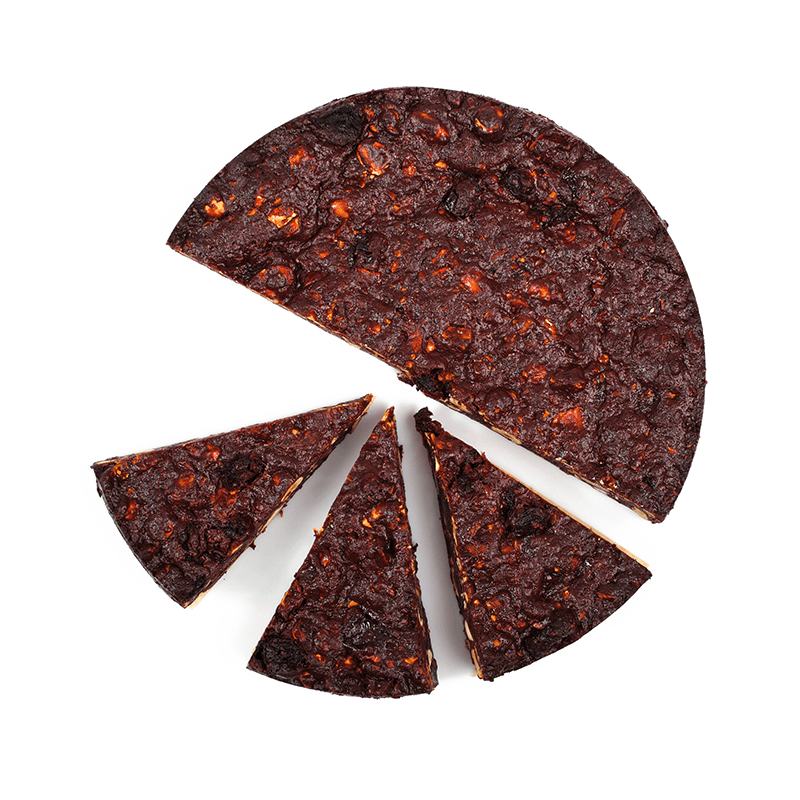- Being overweight or obese is most prevalent in those aged 55 plus
- 52% feel that their weight is ‘abnormal’
- More women (37%) than men (32%) consider themselves ‘unhealthy’
A new survey commissioned by leading protection specialist Royal London has revealed that 42% of Irish people classify themselves as ‘overweight’ while a further 5% consider themselves to be ‘obese’. These results are from a study, conducted by iReach, which asked 1,000 respondents around the country how they would describe their weight and health.
Speaking about the findings, Colette Houton, Underwriting and Claims Lead at Royal London said,
“It may be hard to believe that nearly half of those surveyed described themselves as either overweight or obese given the upward trend in healthy lifestyles. However, when compared with recent official data from the 2017 Healthy Ireland Survey1 which stated that 62% of the Irish population are now either overweight or obese, it would indicate a level of understatement by our survey respondents
“Whether one is aware or not of their weight classification, there’s no denying that being overweight or obese has an impact and more than likely is putting their health at risk. People classed as obese are at a significantly higher risk of suffering from many chronic diseases like heart disease, certain cancers, Type 2 diabetes, mental ill-health and respiratory problems2. Looking at the current obesity statistics it’s likely that Ireland will face a dramatic increase in chronic diseases like these in the future. In addition to the direct effects on the individual involved, this issue has wider socio-economic implications, such as a reduction of overall national quality of life and productivity, along with a strain on health services, which reportedly cost economies millions every year.”
Research published in the Safefood3 report in 2017 put the estimated costs attributed to childhood overweight and obesity at €4.6 billion in the Republic of Ireland. This study took into account direct healthcare costs, as well as indirect costs due to absenteeism and premature mortality.
Less than half (48%) of the Royal London survey respondents described their weight as being ‘normal’. A similar amount of those surveyed, 52%, described their health as ‘averagely healthy’.

Perception by gender
The Royal London survey found that, in general, men had a more positive view of their weight and health than women.
- 46% of females described themselves as ‘overweight’ compared with 39% of males
- More men (68%) than women (63%) described themselves as ‘very or averagely healthy’
- Of the 4% that described their health as very unhealthy, there were twice as many females (6%) as males (3%)
Colette commented on these findings saying,
“Despite knowing the links between weight and our health, we know from our own policyholder data insights that people have a tendency to underestimate their own weight. This could be down to weight fluctuations, which happen for a variety of reasons, or in reference to a previous or aspirational weight. It would appear from these results that, although the differences aren’t staggering, women may generally take a more negative view of their weight and health than their male counterparts. It’s likely that females have a more accurate valuation of their weight from weighing themselves more frequently.”

Over 50’s, overweight
According to a report published by TILDA4 79% of Irish adults over 50 are overweight, 36% being obese, based on their body max index (BMI) measurements. The Royal London study’s results were more conservative and found 59% of those 55 and over classified themselves as ‘overweight’ or ‘obese’.
Colette said,
“Divulging information about one’s health and weight can be sensitive for some people. Research like ours does have an element of subjectivity, as two people can have different ideas of what being ’very healthy’ looks like, along with a dependence that those being surveyed are self-reporting correctly. Factors like these could account for some of the difference between the study figures, however both results clearly show high levels of obesity in more than half of people in their 50’s and over. As you get older you tend to put on weight more easily due to a range of factors including hormonal changes and a reduction in muscle mass. This is particularly worrying as this cohort will be more prone to suffer from age-related illness and frailty over time, which will not be helped by being overweight. Ultimately, living an unhealthy lifestyle can lead to an increased risk of a serious illness and or premature death.”
Colette concluded:
“Our health should always be a priority; we all know the saying ‘your health is your wealth’. Our advice on how to get started is to know your weight, understand your BMI and take steps to keep it within the World Health Organisation’s (WHO) guidelines on maintaining a healthy body weight. It goes without saying, illnesses can occur in the most healthy of people too, which is where life and specified serious illness insurance can play a big role in providing financial peace of mind. Life cover is one of the few insurance products tailored specifically for the person insured. Lifestyle factors, like being obese do impact the price of cover. Although it is important to note for many individuals that are above the WHO’s BMI recommendation life cover is often not affected. Nevertheless, it is really worth considering this type of insurance, the earlier the better, before the complications of factors like aging or weight may take effect. So, if an individual is looking for life cover and they’d like to know more about how their weight or lifestyle may affect it we would recommend they contact a financial broker. Their local financial broker will be happy to provide them with expert guidance around the available options based on their individual needs.”
- ENDS -
Download press release here (PDF 3mb)
Note to the editor
Sources:
2Department of Health, A Healthy Weight for Ireland - Obesity Policy and Action plan, 2016 -2025
3The Economic Cost of Childhood Obesity on the island of Ireland Research Report, 2017, Safefood
4Obesity in an Aging Society, 2014, The Irish Longitudinal Study on Ageing, Trinity College Dublin

